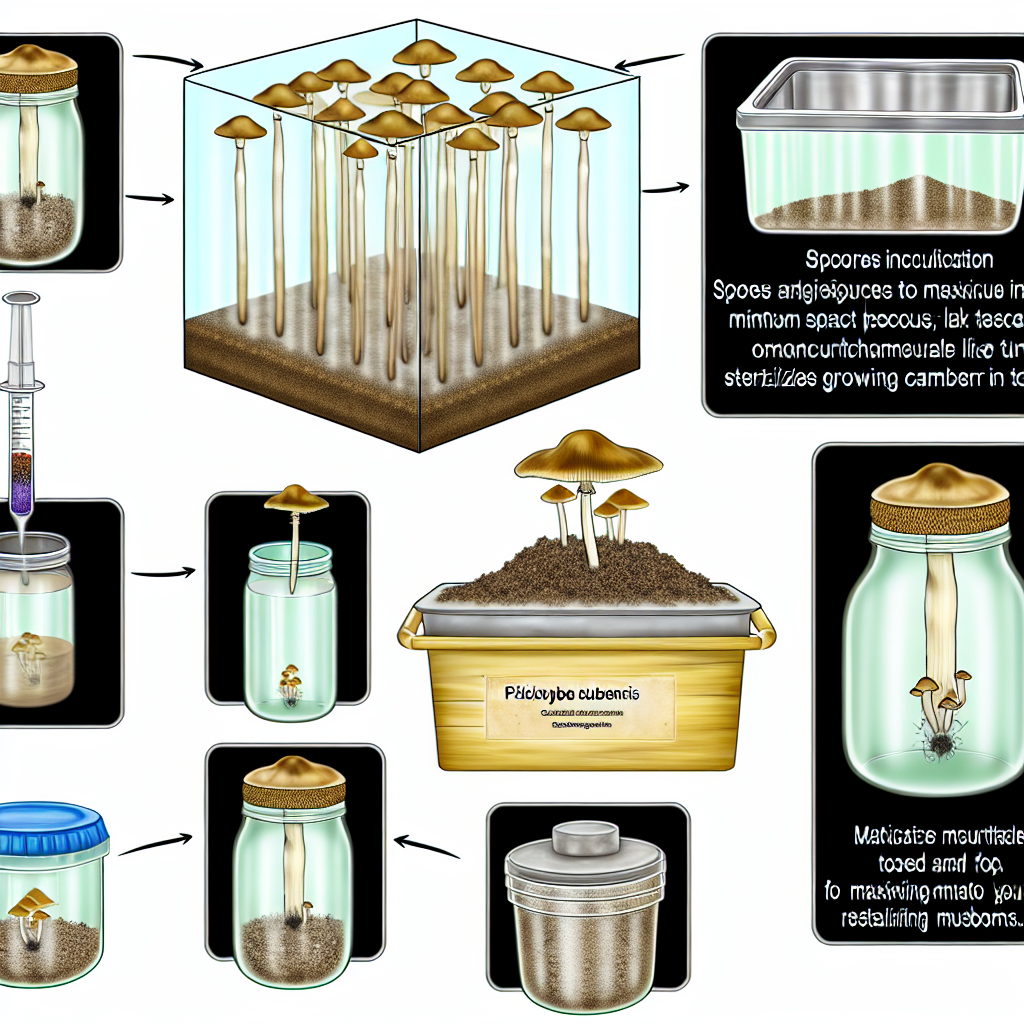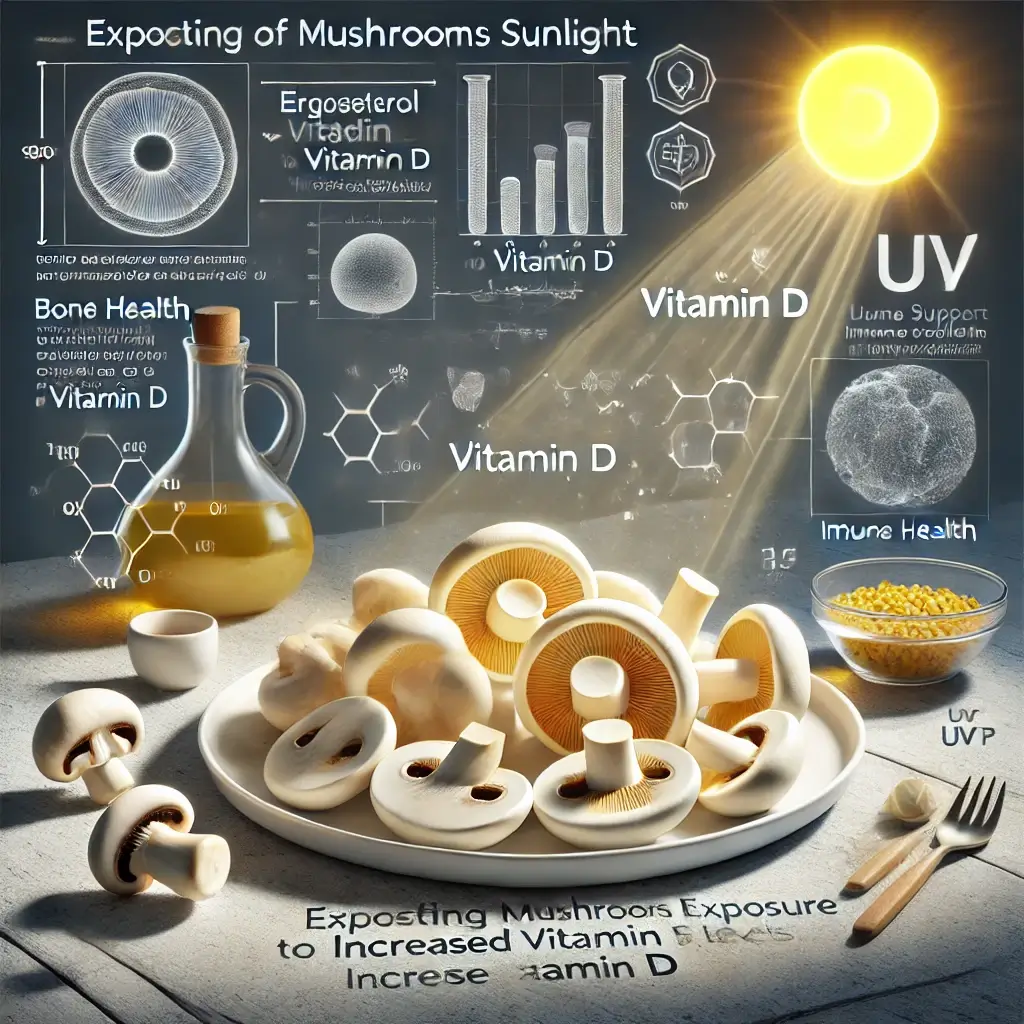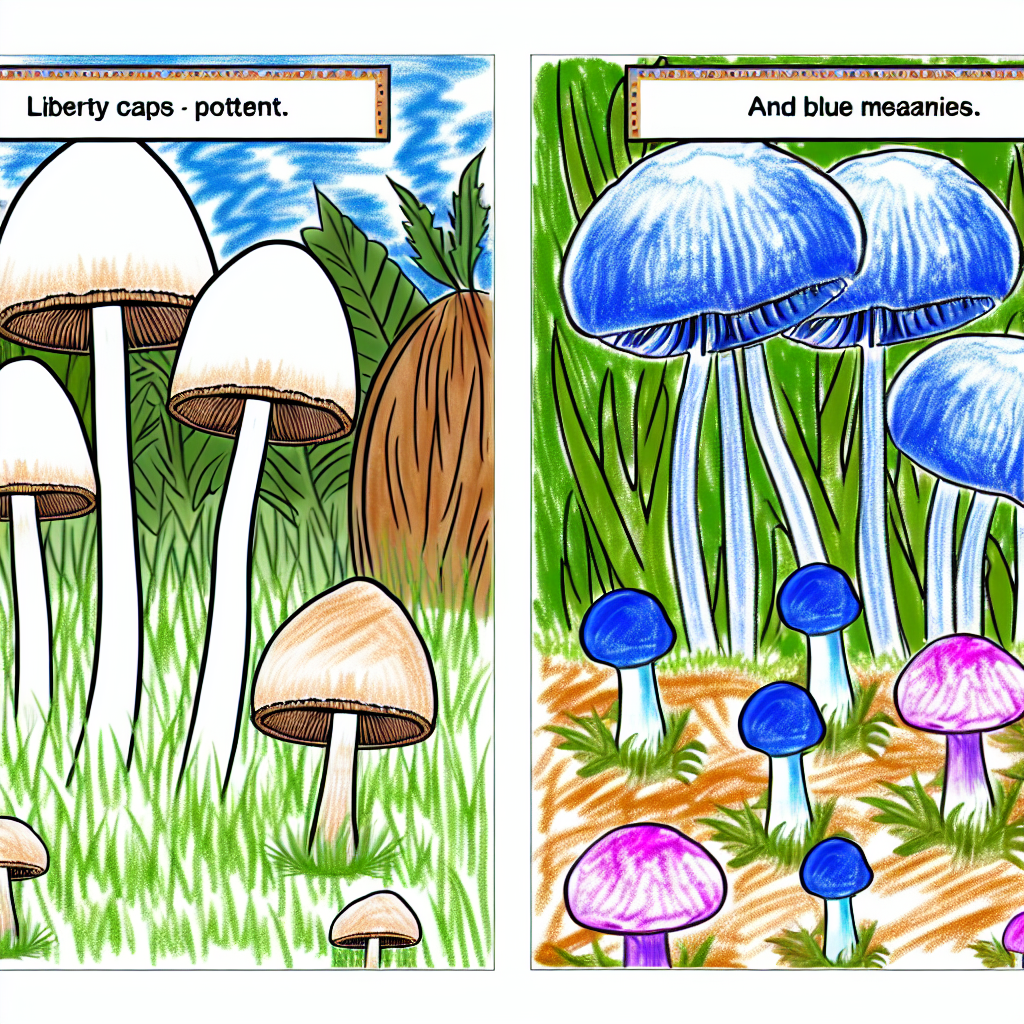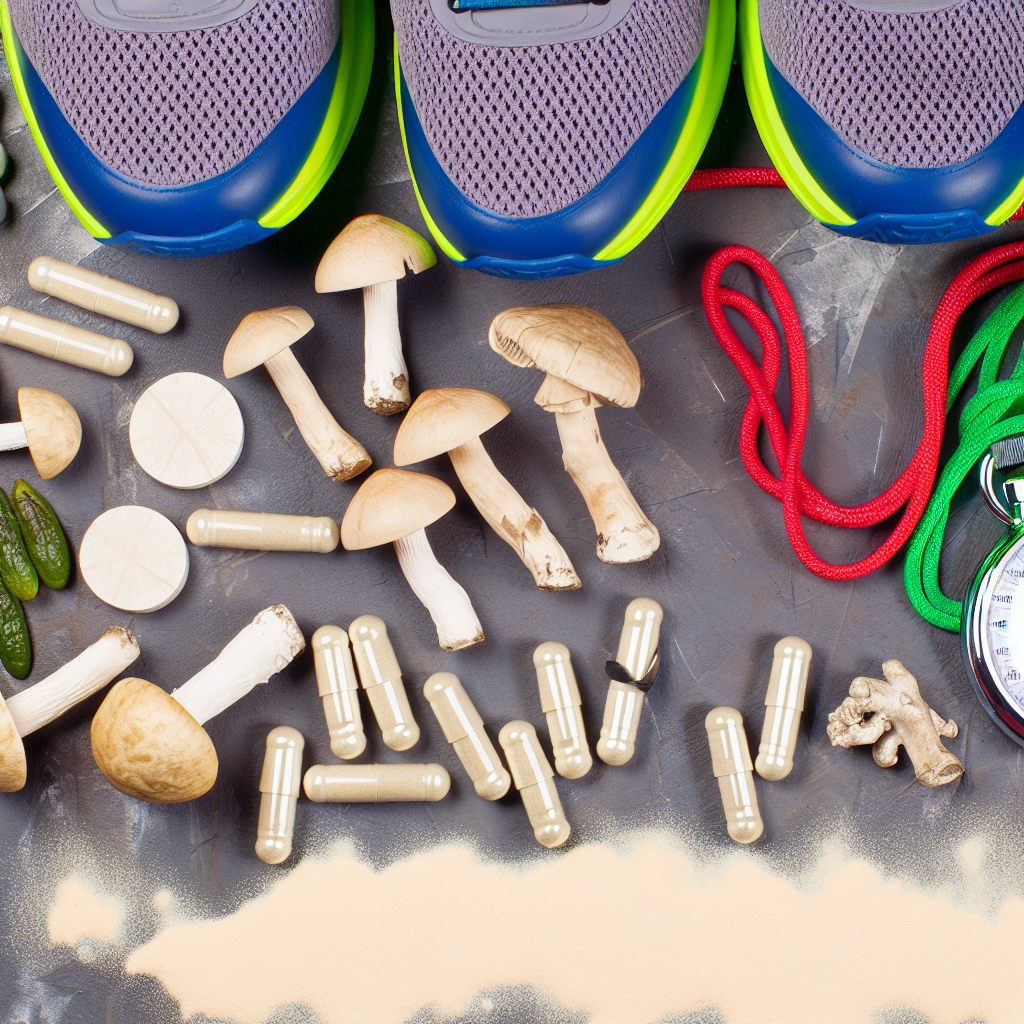Advanced Psilocybe Cubensis Cultivation: Maximizing Yield with Minimal Space
Introduction
Psilocybe cubensis, a prominent species of psychedelic mushrooms, has garnered widespread interest for its potent therapeutic potential. With increasing legal reforms and growing public interest in psilocybin—the primary psychoactive compound in these fungi—home cultivation is becoming an appealing, sustainable approach for individuals seeking natural mental health solutions. However, urban dwellers and apartment gardeners often face spatial limitations when attempting to grow mushrooms indoors.
Thanks to modern cultivation techniques, it’s now possible to grow high yields of Psilocybe cubensis even in compact spaces such as closets, grow tents, or small grow boxes. By understanding and applying principles of mycology, environmental control, and strategic design, cultivators can transform small areas into highly efficient mushroom farms.
With scientific backing and medical research paving the way for therapeutic applications—such as the treatment of depression, anxiety, PTSD, and substance addiction—there is growing motivation for individuals to cultivate mushrooms at home. Beyond the scientific aspect, cultivating your own mushrooms offers autonomy, sustainability, and ethical control over product quality.
This guide explores proven strategies for making the most of limited spaces through tools like vertical stacking racks, monotub systems, specialized substrate recipes, and modern sterilization techniques. Whether you’re an experienced mycologist or an inspired beginner, these methods aim to help you elevate your cultivation game effectively and responsibly.
Science-Backed Methods and Medical Relevance
Clinical research on psilocybin mushrooms has surged in recent years, providing strong support for their use in treating various psychological disorders. A landmark 2020 study conducted by Johns Hopkins Medicine and published in JAMA Psychiatry found that patients with major depressive disorder experienced a 70% reduction in symptoms four weeks after treatment with psilocybin.
For cultivators, understanding the mushroom life cycle—especially the colonization and fruiting phases—is essential for manipulating indoor environments efficiently. Each growth phase requires different levels of temperature, humidity, CO₂ concentration, and light exposure. Compact cultivation setups such as monotubs can be used to simulate optimal fruiting conditions in small spaces like a closet or under a desk.
Further performance improvements can be gained by optimizing the substrate. A key study from Mycobiology (2016) examined different substrate mixtures and found that adding materials like vermiculite, brown rice flour (BRF), gypsum, and hydrated lime markedly increased biological efficiency. Such insights are invaluable for home cultivators who want to get the most out of each gram of substrate.
Additional space-saving innovations include vertical grow systems—borrowing principles from hydroponic gardening—which allow multiple fruiting chambers to be stacked within a single shelf unit. This multiplies yield without expanding footprint. Energy-efficient LED grow lights with adjustable spectrums simulate daylight for mycelial growth and trigger primordia formation.
Airflow control is crucial. Instead of costly HVAC installations, cultivators can integrate USB-powered fans and compact HEPA filters to maintain fresh air exchange, ensuring healthy development and reducing contamination risks.
Advanced cultivators often use liquid culture over traditional spore syringes. Liquid cultures increase colonization speed, reduce the chance of contamination, and produce more consistent yields—ideal for tightly managed, high-output systems.
As laws shift in favor of legal therapeutic psilocybin use, the standards for cultivation are also rising. By adopting laboratory-grade techniques at home, small-scale growers can cultivate mushrooms that meet quality and safety benchmarks once exclusively maintained in professional settings. Whether used for spiritual practice, therapeutic microdosing, or guided psychedelic healing, high-quality personal cultivation starts with informed practices and scientific rigor.
Conclusion
Even in tight living quarters, advanced cultivation strategies empower individuals to grow high-quality Psilocybe cubensis mushrooms while maximizing yield. With a blend of scientific knowledge, environmental precision, and modern tools, it’s possible to turn any small space into a productive mushroom grow site. From vertical stacks and optimized lighting to advanced substrate engineering, these techniques offer a path to self-sufficiency, wellness, and responsible stewardship of an ancient, healing organism.
Concise Summary
This article explores advanced home cultivation methods for Psilocybe cubensis mushrooms, ideal for small spaces. It covers vertical stacking, monotub systems, substrate optimization, air exchange, and the use of liquid cultures, all informed by scientific studies. With growing medical validation of psilocybin’s therapeutic benefits, tight-space cultivation is an empowering, sustainable way to access psychedelic therapy. Leveraging clinical insights and modern innovation, small-scale cultivators can produce generous yields of high-quality mushrooms—from the comfort of their own homes.
References
– Johns Hopkins Medicine. (2020). Effects of Psilocybin-Assisted Therapy on Major Depressive Disorder. JAMA Psychiatry
– Mycobiology. (2016). Evaluation of Different Substrate Compositions on the Yield of Psilocybe Cubensis. Mycobiology
– Johns Hopkins Center for Psychedelic and Consciousness Research. https://hopkinspsychedelic.org
– Multidisciplinary Association for Psychedelic Studies (MAPS). https://maps.org/

Dominic E. is a passionate filmmaker navigating the exciting intersection of art and science. By day, he delves into the complexities of the human body as a full-time medical writer, meticulously translating intricate medical concepts into accessible and engaging narratives. By night, he explores the boundless realm of cinematic storytelling, crafting narratives that evoke emotion and challenge perspectives. Film Student and Full-time Medical Writer for ContentVendor.com




